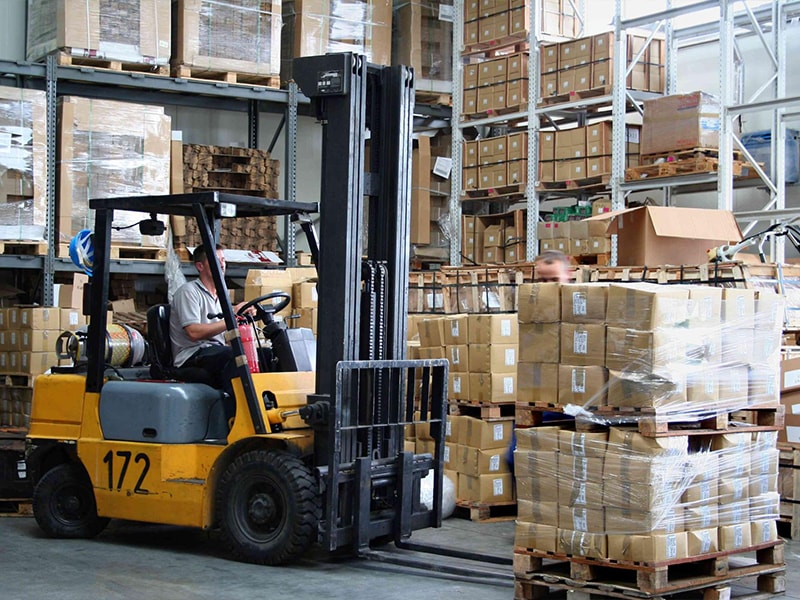LTL shipping allows multiple shippers to share space on the same truck. For small skid orders this can be a viable solution and provide cost savings over paying for a full truck.
There are nuances to calculating LTL freight rates which can make it more of a challenge. Many factors can impact LTL freight quotes such as dimensions, freight class, weight, and distance.
Freight classes are defined by parameters such as stowability and transportability of a product. The National Motor Freight Traffic Association (NMFTA) assigns each product, that can be shipped by LTL, a class. This allows carriers to determine their tariff rate for each class of product they are willing to haul on a given lane.
If this sounds like an intimidating task, it most certainly is. Working with a full service freight brokerage such as Netroplex Logistics, can be a great benefit when coordinating these complex shipments.
Detail, detail, detail, is the name of the game when working with LTL carriers. We concentrate our efforts on gathering complete and proper order details, which is paramount when working with LTL shipments. Costly reconfigurations and delays can be avoided by maintaining error-free paperwork or flaws in information.
Netroplex Logistics assists our LTL customers with collecting vital details and relaying that information to our carrier network ensuring a seamless delivery to its destination. While this method of shipping can be more complicated than full truckload, it can result in substantial cost savings within your supply chain when executed properly.



